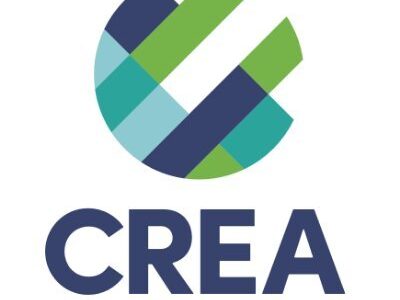Benevolent Paternalism or “Tough Love”?: Two Approaches for Adapting to Climate Change
Homeowners in coastal Queens, NY are outraged that their home insurance rates are going to rise sharply. Some are threatening not to buy such insurance. Such individuals must be betting that they will be “too big to fail” and that some future benevolent government official will bail them out with FEMA $ when the next Hurricane Sandy knocks out their homes. If you bet on the Superbowl, you bet with your own $. What is the difference between buying a coastal home and betting on the Superbowl? The insurance companies are charging households for the new actuarial risk imposed by climate change. If they “over-charge”, then competition in this industry will take place and a new entrant will offer these home owners a cheaper premium. It is true that the incumbent home owners are bearing the incidence of the “new news” that climate change threatens their community but this should make them leading advocates for carbon pricing and reading this blog! Are they supporters of carbon taxes? Or, do they simply want the world to go back to the “good old days”? If the insurance industry is allowed to price discriminate, it will incentivize the coastal home owners to take precautions that will lower the damage that sea storms will impose. This is how the insurance industry helps us to adapt to climate change. Through spatial variation in insurance pricing, it directs activity to relatively safe places and encourages investments in precautions.
Reader Comments
One Reply to “Benevolent Paternalism or “Tough Love”?: Two Approaches for Adapting to Climate Change”
Comments are closed.







Matt, thanks for these thoughts. Your response to this article confuses me, though. The subject of the article is federal flood insurance under the National Flood Insurance Program, not “insurance companies.” Those homeowners’ flood risk is not covered in the private market.
I generally agree with you that insurance premiums should be priced commensurate with risk. But this might lead to abandonment or at least huge property devaluation in some pretty highly populated places. Indeed, that’s why the NFIP was created; private insurers were unable to sell insurance at rates that were actuarially sound and still affordable to homeowners, leading to large-scale withdrawal of insurers from the private market. I expect there would still not be a viable private insurance market in most U.S. coastal areas today except at a cost that would be prohibitive to most current or prospective homeowners in these areas. What would you recommend as a solution?
Also, neither the NFIP nor private insurance typically does a good job of differentiating, property by property, among “precautions” taken by individual homeowners, likely because of the transaction costs involved. The main variability in pricing is location. And the main challenges in many communities such as this one actually public infrastructure failure in the face of sea-level rise and storm surges (both beach protection/nourishment failure and road/utility failure), meaning that individual homeowners’ precautions would not solve this problem in any event. What role do you see for government in protecting or not protecting these communities?
Sean